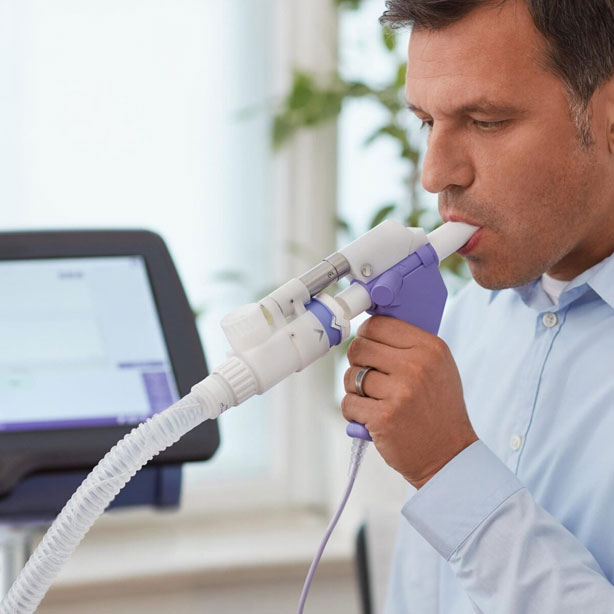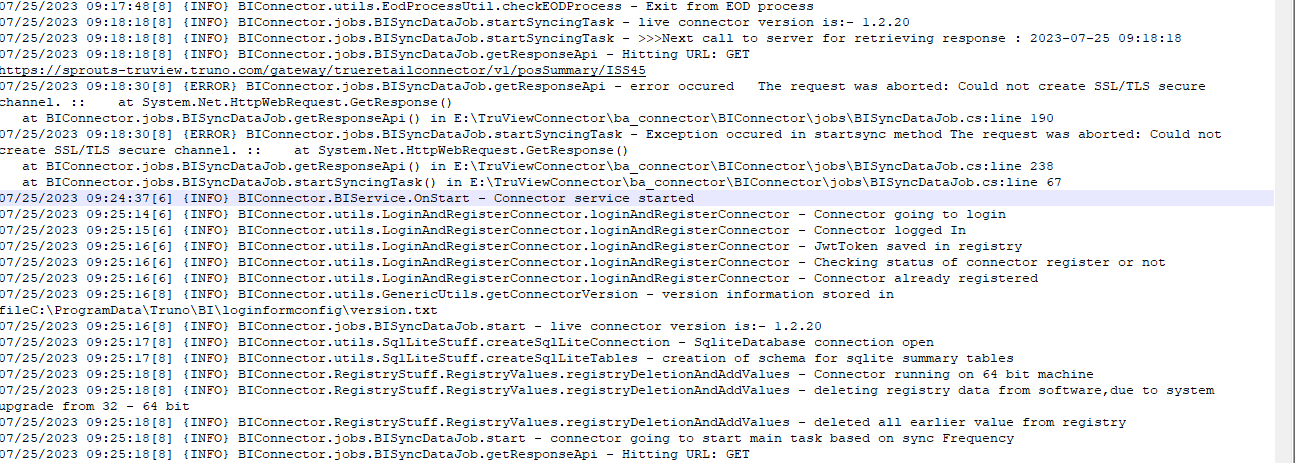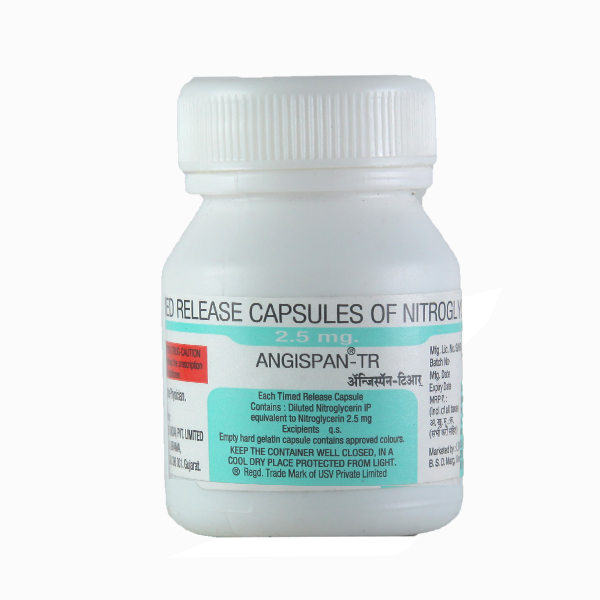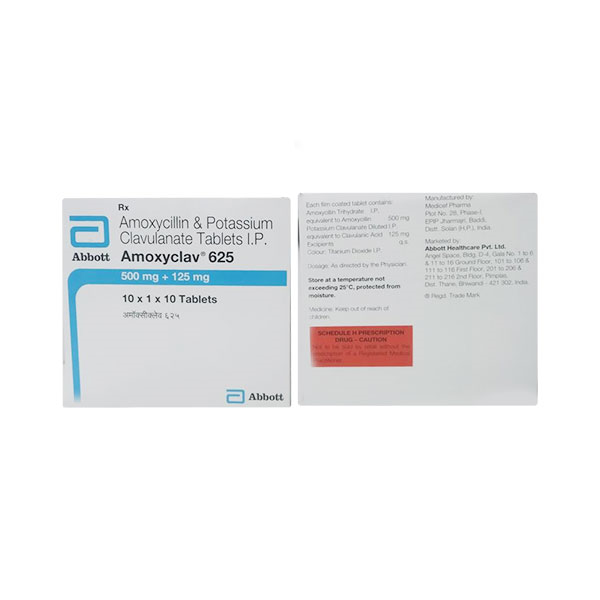1. Spirometry
Most common and basic PFT
Measures airflow (how much and how quickly you can move air in and out of your lungs)
Key Parameters:
FEV1 (Forced Expiratory Volume in 1 second)
FVC (Forced Vital Capacity)
FEV1/FVC ratio
Used to diagnose: Obstructive (e.g., asthma, COPD) and restrictive lung diseases
2. Lung Volumes
Measures total amount of air in the lungs after full inhalation and how much remains after full exhalation
Cannot be measured by spirometry alone; requires body plethysmography or gas dilution techniques
Key Parameters:
TLC (Total Lung Capacity)
RV (Residual Volume)
FRC (Functional Residual Capacity)
Used to identify: Restrictive lung diseases, hyperinflation, air trapping
3. Diffusion Capacity Test (DLCO)
Measures how well oxygen and carbon monoxide move from the lungs into the blood
DLCO = Diffusing capacity of the lungs for carbon monoxide
Used to assess: Diseases affecting the alveolar-capillary membrane (e.g., pulmonary fibrosis, emphysema, pulmonary vascular disease)
4. Bronchodilator Responsiveness (Reversibility Testing)
Spirometry is performed before and after inhalation of a bronchodilator
Assesses reversibility of airflow obstruction
Used to differentiate: Asthma (reversible) from COPD (typically not reversible)
5. Bronchial Provocation Testing (Methacholine Challenge Test)
Used when asthma is suspected but baseline spirometry is normal
Methacholine (or histamine) is inhaled to provoke bronchoconstriction
Positive test: Significant drop in FEV1
6. Maximal Voluntary Ventilation (MVV)
Measures the greatest amount of air that can be inhaled and exhaled within one minute
Reflects overall respiratory muscle strength and endurance
7. Arterial Blood Gases (ABG)
While not always grouped with PFTs, ABG tests measure oxygen and carbon dioxide levels in arterial blood
Assesses: Gas exchange and acid-base balance






